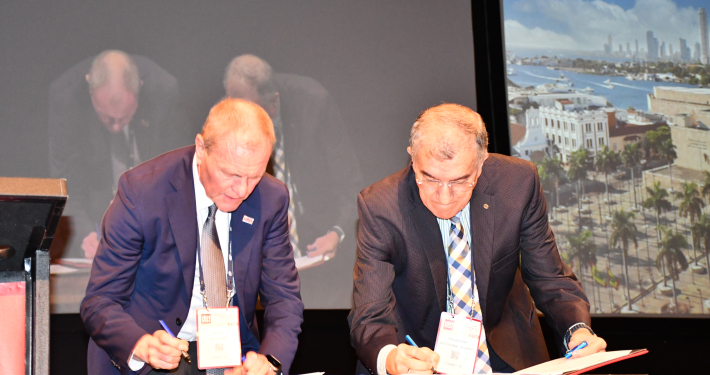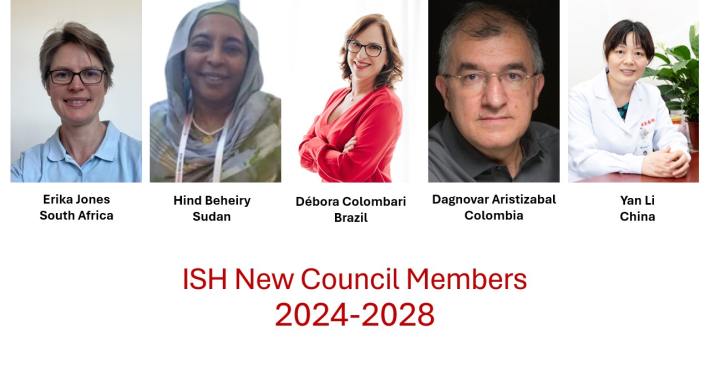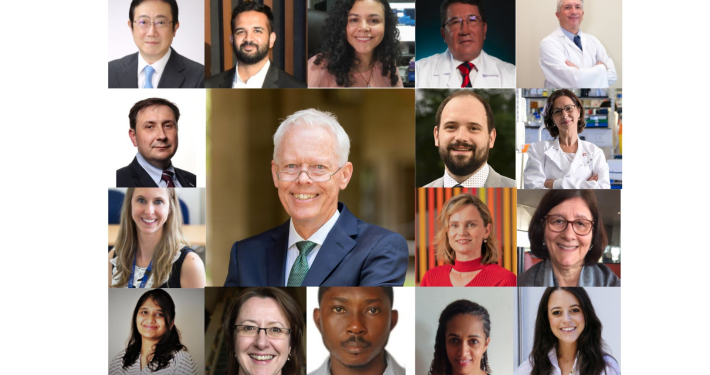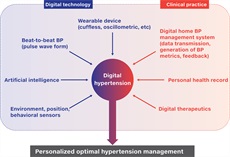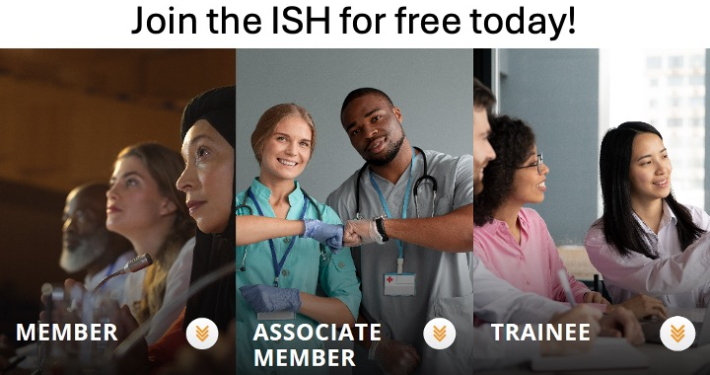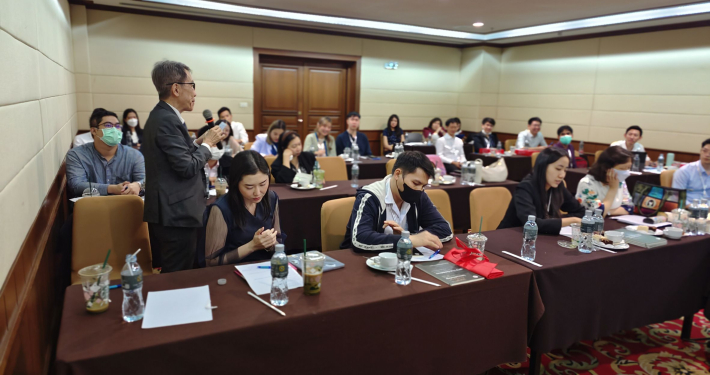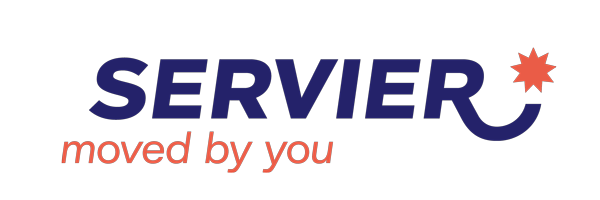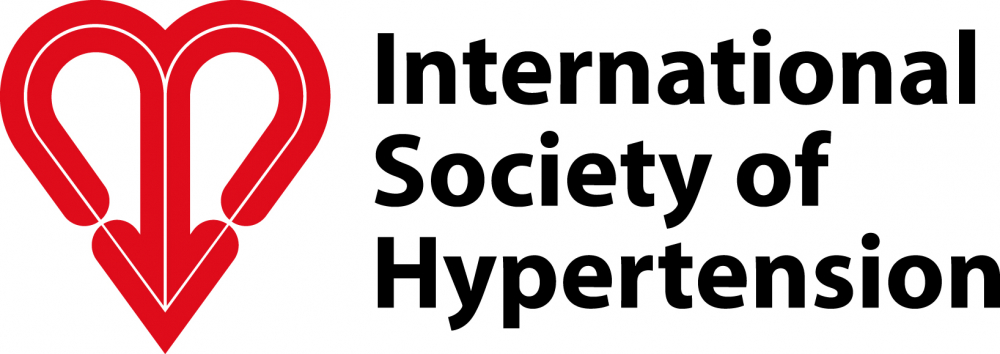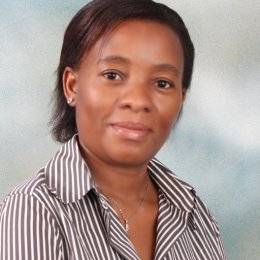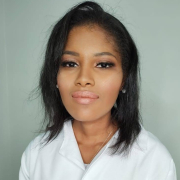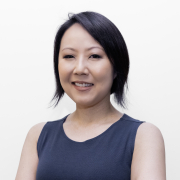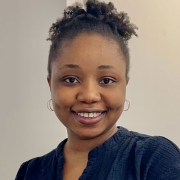How did you become interested in pursuing a PhD in the field of hypertension?
I have always believed that hypertension is a single most important underlying cause of many hospital admissions in my country as it is responsible for most of heart failure, stroke and kidney failure in my country. The disease had not received much attention due to the high burden of infectious diseases particularly Human Immunodeficiency Virus infection. In 2004 I received a scholarship to pursue a 1-year clinical cardiology specialization at the University of Bergen, Norway and there I met Prof Eva Gerdts who inspired me even more with her works on left ventricular geometry and function in patients with hypertension and other forms of pressure overload. I immediately knew this was the area I would like to do my PhD.
Describe the research and program/lab that you are in.
The research I am conducting is on left ventricular (LV) geometry and function in native Tanzanian patients with hypertension and diabetes. Specifically, I have collected demographic, laboratory and echocardiographic data on newly diagnosed never-treated hypertensive adults as well as diabetic patients. The aim is to find how the left ventricle adapts in these situations and how this adaptation affects the systolic and diastolic function of the left ventricle.
My PhD work is within the “Heart in Hypertension” research group at the Institute of Medicine, University of Bergen, Norway, chaired by Prof Eva Gerdts. The echocardiography research laboratory is a DICOM- based and fully digitalized with up-to-date equipments for analyses of all echocardiographic modalities including conventional echocardiography, deformation analysis by speckle tracking, 3-dimensional echocardiography as well as dedicated equipments for tissue Doppler analysis of myocardial mechanics.
What do you consider to be your substantial scientific contribution so far (provide Pubmed PMID if possible)?
I have shown that abnormal LV geometry is very prevalent in otherwise asymptomatic native Tanzanian patients with hypertension and diabetes when compared to normal controls. This abnormal LV geometry is associated with sub-clinical LV systolic and diastolic dysfunction and is influenced by higher blood pressure levels, presence of obesity and impaired renal function.
- Chillo P, Lwakatare J, Rieck A, Lutale J, Gerdts E. Prevalence and covariates of abnormal left ventricular geometry in never-treated hypertensive patients in Tanzania. Blood Press 2013;23(1):31-38
- Chillo P, Rieck A, Lwakatare J, Lutale J, Gerdts E. Left atrial volume index as a marker of left ventricular diastolic dysfunction in asymptomatic Tanzanian diabetic patients. Blood Press, 2013; 22(2):86-93
- Chillo P, Lwakatare J, Lutale J, Gerdts E. Increased relative wall thickness is a marker of subclinical cardiac target organ damage in African diabetic patients. Cardiovasc J Afr 2012; 23(8):435-441
What is your favorite manuscript from a lab other your own (provide Pubmed PMID if possible)?
There are many excellent manuscripts in the field of hypertension but my favorite is the study by Bella JN, et al: Separate and joint effects of systemic hypertension and diabetes on left ventricular structure and function in American Indians (the strong heart study). Am J Cardiol. 2001 Jun 1;87(11):1260-5
Describe your experience as a lecturer/mentor
As a faculty member, I have raised awareness regarding hypertension and other cardiovascular diseases in my department as well as the University. Currently I am supervising Post Graduate students doing research in the field of hypertension and other cardiovascular diseases. I see that there are many talented young doctors who with guidance and necessary infrastructure can join force in research as well as clinical practice in this field which, until recently was thought to be not of public health importance in my country.
What facilities are essential for your research?
A dedicated echocardiography laboratory as well as echocardiographic data storage facilities
Describe your unforgettable (proudest) moment in science, and the most challenging situation that you have had to overcome (lessons learnt)
My proudest moment in science is when I presented at the Pan African Society of Cardiology in Kampala, 2011, a forum that brings together cardiologists from all over the African continent.
The most challenging situation that I had to overcome was choosing between pursuing a carrier in Cardiology (which by then had no established research groups) or continuing with the already established research group on HIV and other opportunistic infections in my department. This was really challenging but I had to follow my heart and decided to do cardiology. The lesson learnt here is that always follow what you really want to do, you will never regret!
At what conference did you first present? How was your experience?
My first presentation was at a conference at the Norwegian Cardiology Society in Oslo, Norway. The pressure of presenting in front of highly experienced researchers and clinicians was too much but at the end it all ended well and I had many participants asking me questions; that is when I realized that they followed and understood my presentation.
What upcoming conferences will you be attending, and what is the furthest distance that you have traveled for a conference?
I am planning to attend the coming Joint ESH-ISH Hypertension meeting in Athens, Greece.
I have been to Budapest for EUROECHO and other imaging modalities congress in 2011. I think this was the furthest distance I traveled for a conference.
How did you learn about ISH/NIN and its activities?
I learned this on the internet, particularly the ISH website.
What are your future career plans?
I want to continue with research in the field of hypertension, and I am in a process to form a hypertension research group in my department. I would also like to have more International Collaborators to further stimulate and enable more researches on hypertension in my department.
What are your scientific goals/ Advise for talented emerging scientists?
My scientific goal is to continue at my level best to contribute and add to the existing scientific knowledge on hypertension. I believe there are a lot of unanswered questions regarding hypertension, particularly in black populations. Why is hypertension more prevalent, starts at a younger age and runs a more malignant course among blacks?
My advice for talented emerging scientists is to continue to carry on with whatever research on hypertension they are undertaking, do lots of thinking and through their young and fresh minds we can achieve even better understanding of the disease.

